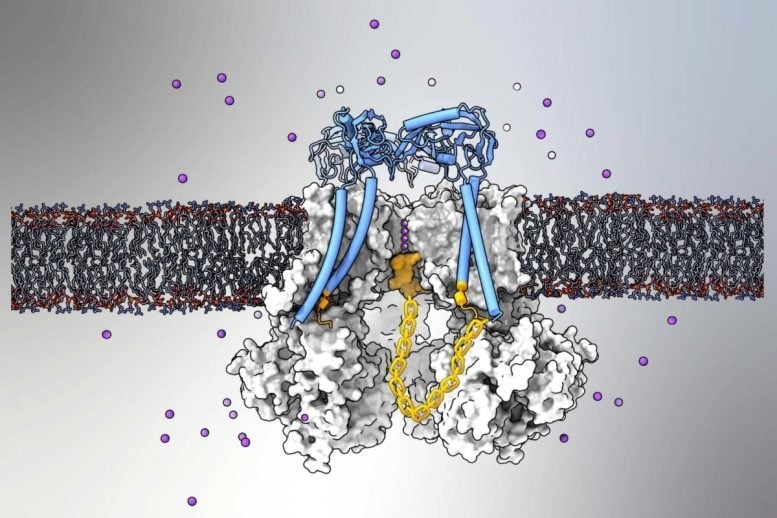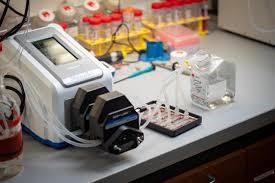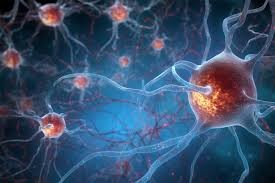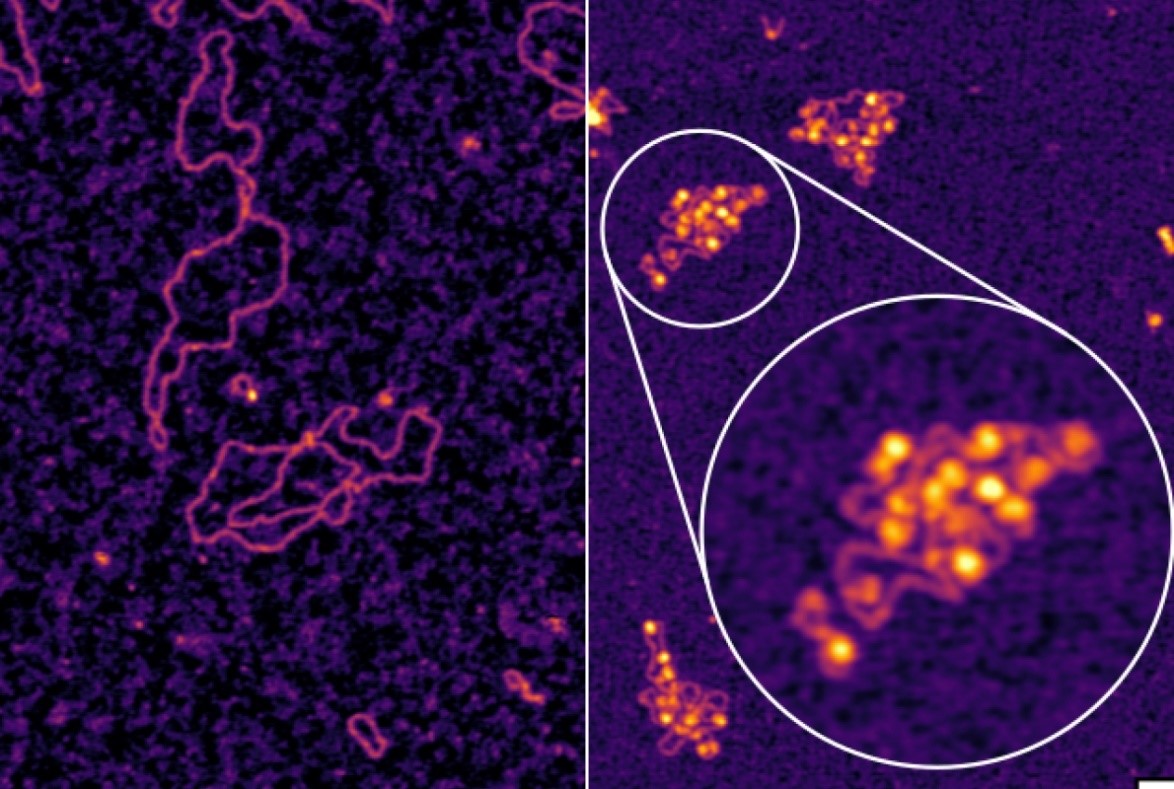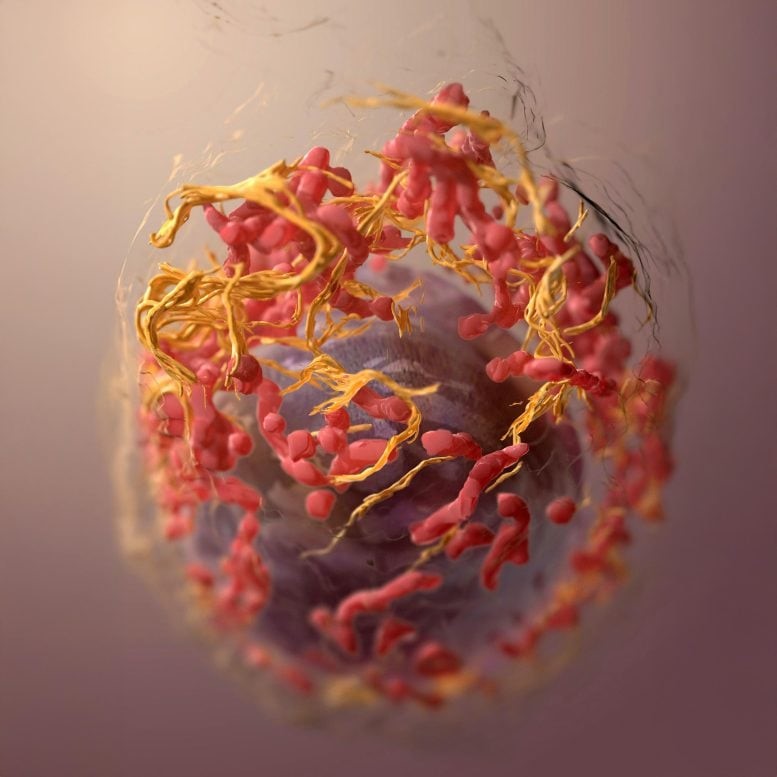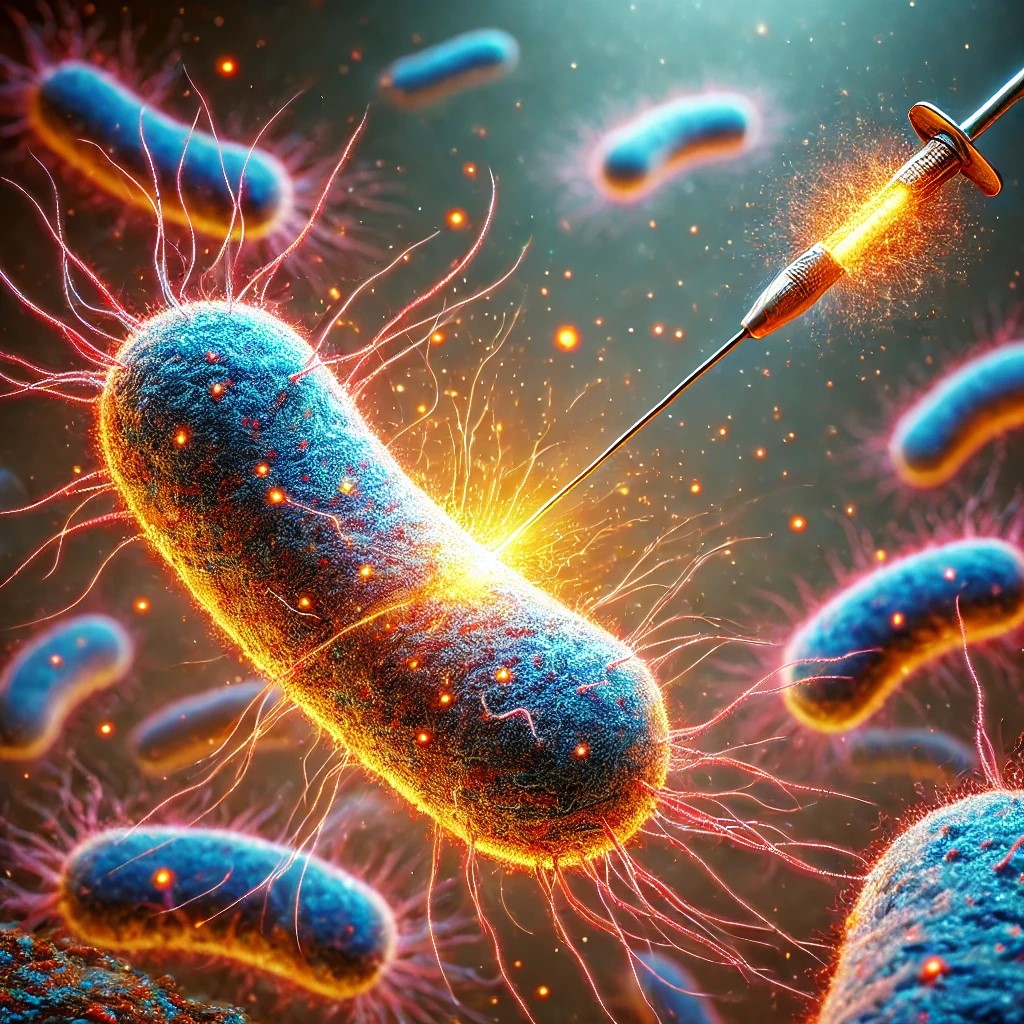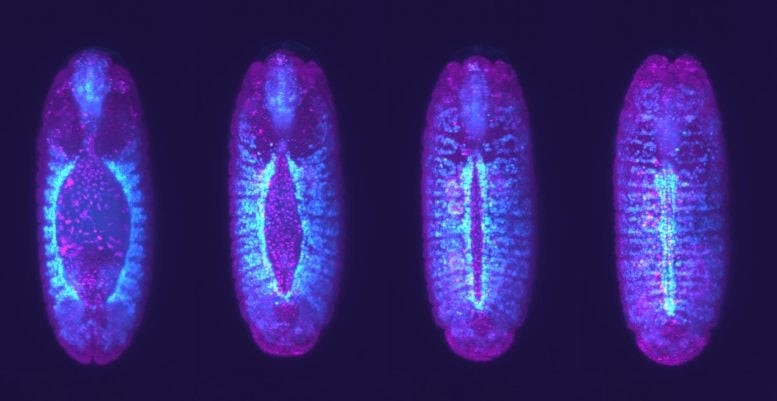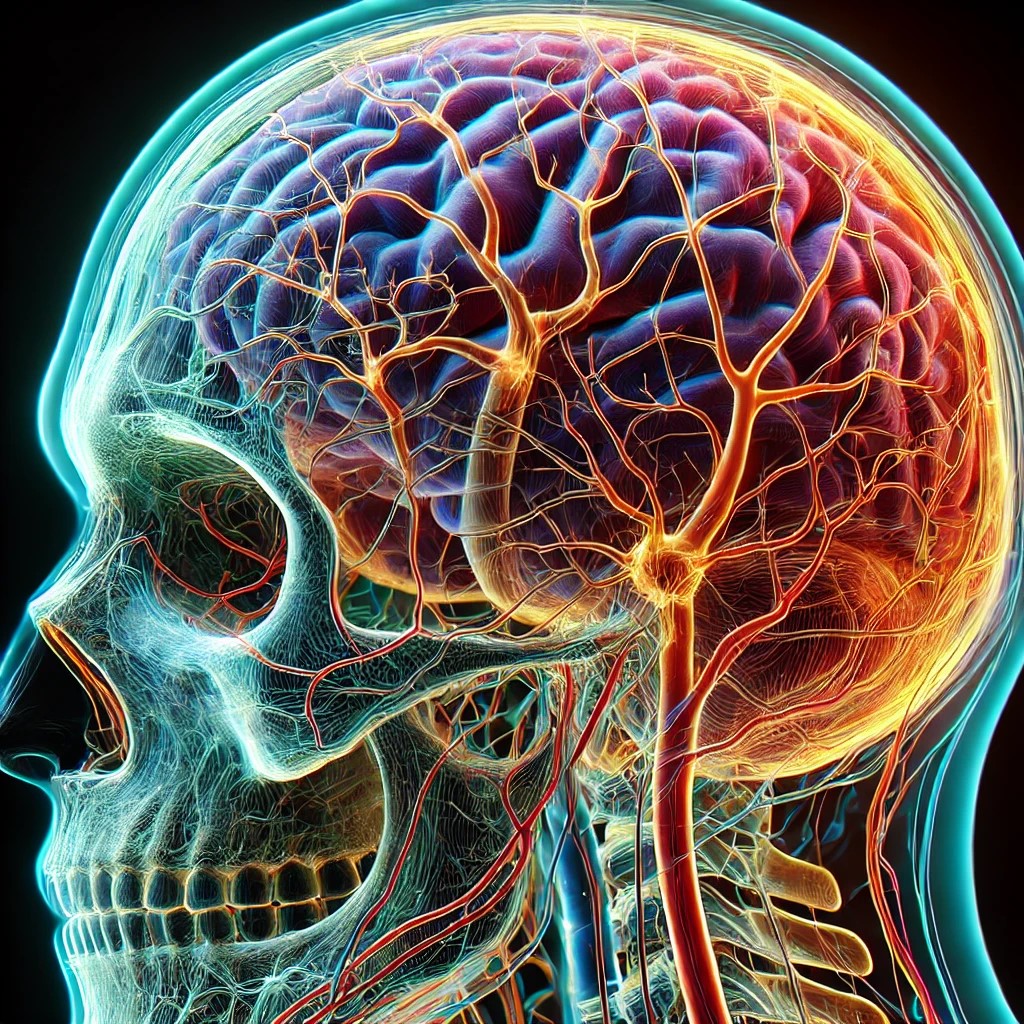Flagellar Motors: The Secret Behind Bacteria's Near-Perfect Energy Efficiency
Electron microscopy images uncover essential structures and mechanisms within the molecular machinery that enable bacterial propulsion
Electron microscopy images uncover essential structures and mechanisms within the molecular machinery that enable bacterial propulsion.
 s
s
Figure 1. Flagellar Motors: Nature’s Ultra-Efficient Propulsion System.
The flagellar motor consists of two main components: the rotor and the stators. The rotor, a large rotating structure anchored to the cell membrane, drives flagellum movement. Surrounding the rotor, the stators contain ion pathways that transport protons or sodium ions, depending on the bacterial species. As these charged particles pass through, the stators undergo structural changes that generate force, causing the rotor to spin. While extensive research has been conducted on the stators, the precise structure and function of their ion pathways remain unclear. Figure 1. Flagellar Motors: Nature’s Ultra-Efficient Propulsion System.
Proposed Model of Sodium Ion Flow
The findings of this study could have significant medical and technological implications.
"Flagellar-based movement plays a role in the infections and toxicity of certain pathogenic bacteria. One motivation behind this study was to explore ways to inactivate such bacteria by restricting their movement. Therefore, understanding the molecular mechanism of flagellar motility is essential to achieving this," explains Tatsuro.
Beyond medical applications, insights into flagellar motors could inspire advancements in microscopic machine design. "Flagellar motors are molecular nanomachines with a diameter of roughly 45 nm and an energy conversion efficiency close to 100%. Our findings represent a major step toward clarifying their torque-generation mechanisms, which will be crucial for engineering nanoscale molecular motors," concludes Tatsuro.
With further research, we may soon unravel all the intricate details of these extraordinary natural machines!
In this opening segment, we explore the concept of biological motors, particularly the flagellar motor, which enables bacterial movement. We compare biological motors to mechanical ones, highlighting how nature has developed an ultra-efficient propulsion system at the microscopic level.
Structure and Function of the Flagellar Motor
This part dives into the intricate design of the flagellar motor, focusing on its key components: the rotor, stators, and ion channels. We discuss how these elements work together to achieve rotation and drive bacterial movement with nearly 100% energy efficiency.
Energy Conversion and Ion Flow Mechanisms
Here, we break down the energy conversion process, examining how bacteria utilize protons or sodium ions to power their flagella. We discuss recent discoveries in the ion pathways and how they contribute to the flagellar motor’s torque generation and efficiency.
Medical and Industrial Implications
This segment explores the broader impact of understanding flagellar motors. We discuss how bacterial motility contributes to infections and pathogenicity, as well as potential strategies to disrupt bacterial movement for medical applications. Additionally, we highlight how bio-inspired engineering could lead to innovations in nanotechnology.
Future Research and Engineering Applications
In the final installment, we speculate on the future of flagellar motor research. Could scientists design artificial nanomotors with similar efficiency? What unanswered questions remain about their molecular mechanisms? We look at ongoing studies and potential breakthroughs that could revolutionize medicine and microengineering.
This series aims to unravel the fascinating world of flagellar motors, shedding light on one of nature’s most remarkable energy-efficient systems!
Source: SciTECHDaily
Cite this article:
Priyadharshini S (2025),Flagellar Motors: The Secret Behind Bacteria's Near-Perfect Energy Efficiency,AnaTechMaz,pp. 333







